Technologies
Google Pixel Products We’re Expecting in 2023: Pixel 8, Pixel Fold and More
Google’s Pixel line might get a new foldable, and we’re waiting on the new Pixel Tablet, too.
Google usually announces new Pixel products throughout the year, but 2023 could end up being a particularly important moment for the company’s device line. Google is rumored to be releasing its first foldable phone, which would directly compete with Samsung’s proven line of Galaxy Z Fold devices.
Google also introduced its own ChatGPT rival, Bard, which it opened up to the public in March. It wouldn’t be surprising to see new developments to Bard and hear about Google’s other AI ambitions during its I/O conference in May.
Both potential announcements would further signal that tech giants are thinking about what’s next for the smartphone and the apps that run on these devices in 2023. Samsung and Motorola, for example, both introduced new concept devices earlier this year with slidable and rollable screens, which could one day succeed today’s foldables. And Microsoft has its own revamped version of Bing that uses AI to provide more direct and conversational answers, giving Google stronger competition in the search arena it’s dominated for years.
Here’s a look at what we’re expecting from Google this year, based on rumors, reports and the company’s typical product launch schedule. We’ll be updating this story regularly as more leaks and reports surface.
Pixel 7A
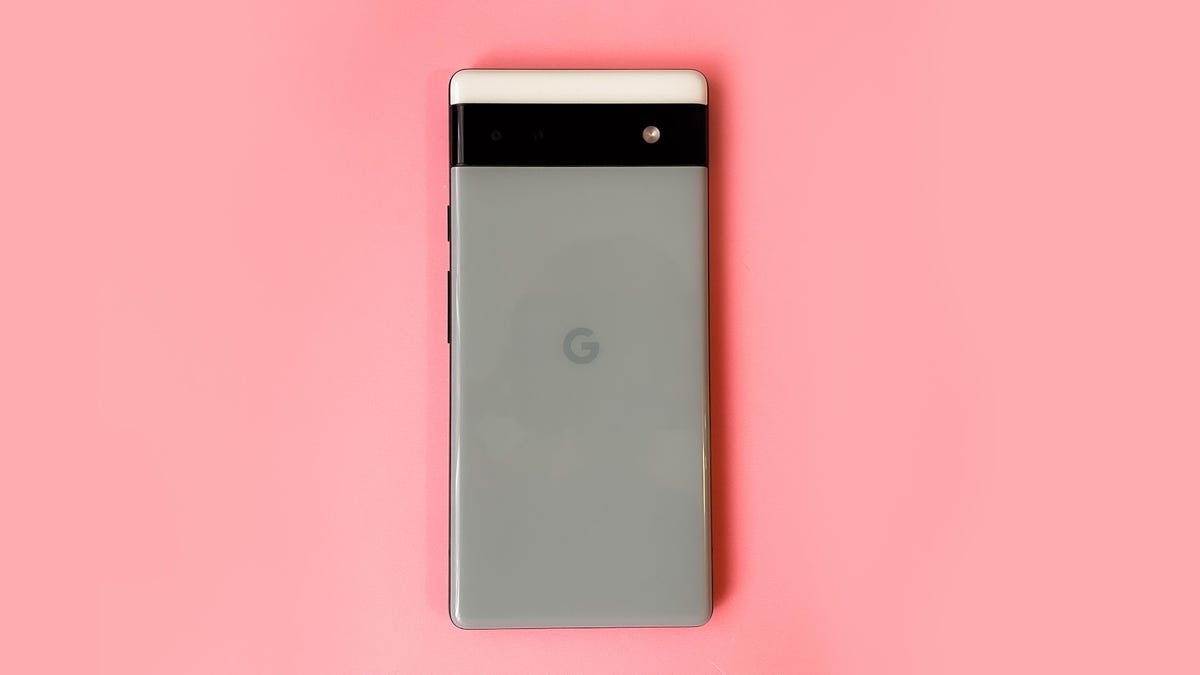

Google’s Pixel 6A from last year.
Lisa Eadicicco/CNETIf history repeats itself, Google will release a cheaper version of the Pixel 7 known as the Pixel 7A in the spring or summer. Google introduced the Pixel 6A at Google I/O last year before putting it on sale in July. That means we might be just weeks away from learning about the Pixel 7A, if Google does decide to announce it at its annual developer conference again this year.
We won’t know anything for certain until Google debuts the Pixel 7A, but some leaks and reports have provided clues about what it might include. Developer Kuba Wojciechowski, who claims to have found details possibly referring to the Pixel 7A in the Android codebase, suggests the Pixel 7A could have a screen with a higher 90Hz refresh rate and wireless charging.
That might not sound too exciting, but it’s notable because these two features are absent from the 6A. By bringing them to the Pixel 7A, Google would further close the gap between its premium and budget-friendly phones.
Another purported leak from Vietnamese website Zing News suggests the Pixel 7A will have a 6.1-inch screen just like the 6A and a design that resembles the Pixel 7.
If the Pixel 7A follows in the Pixel 6A’s footsteps, we can expect it to have the same Tensor G2 processor as the Pixel 7, but a camera that’s a step down.
Pixel Fold
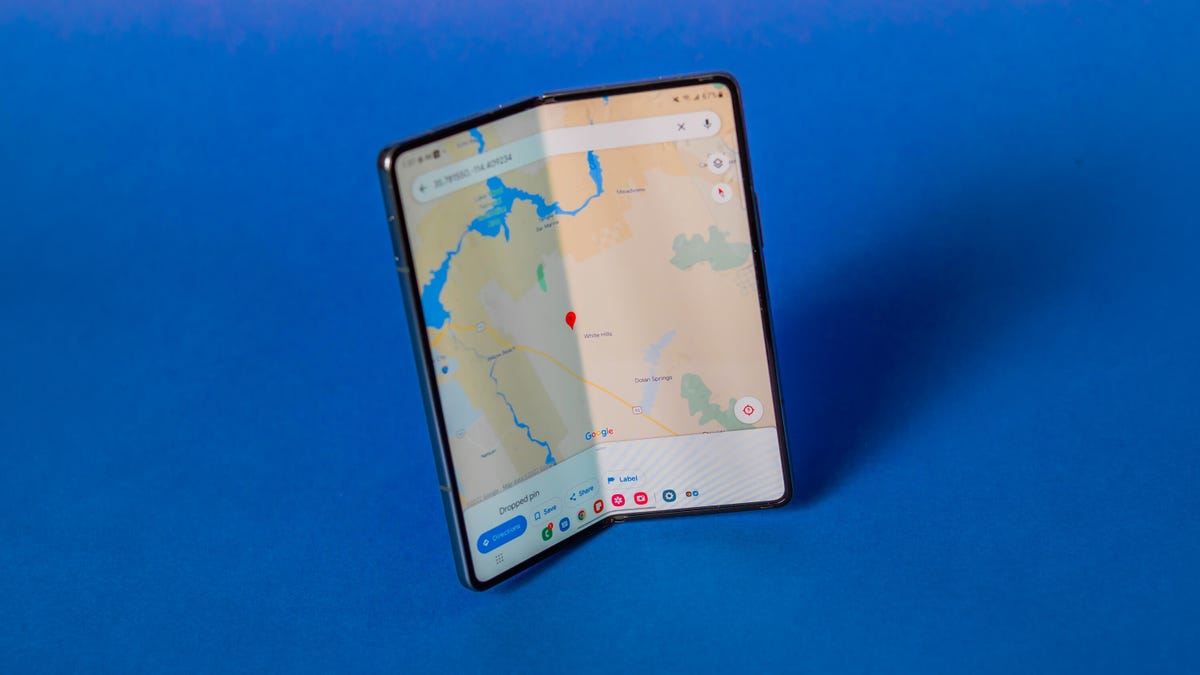

Samsung is currently the leader when it comes to foldable phones like the Z Fold 4, but maybe Google could give it some competition.
James Martin/CNETAside from Apple, Google is one of the only major phone-makers that hasn’t released a foldable phone or discussed plans to do so. But that could change in the near future. Reports from 9to5Google and WinFuture suggest Google’s first foldable Pixel device could arrive as soon as June.
The phone could avoid the Samsung Z Fold series’ tall, thin design in favor of a shorter, wider format with a look that’s similar to the Oppo Find N or Microsoft Surface Duo, according to reports and leaks from 9to5Google and YouTube personality Dave2D. Code in the beta for Android 13, which Wojciechowski says he discovered, also suggests the Pixel Fold would have a camera with main, ultrawide and telephoto lenses.
Google is known for undercutting rivals like Apple and Samsung on price with its regular Pixel phones. If Google does release a foldable phone, I’m hoping it takes a similar approach. Samsung currently dominates foldable phones with 62% of the market in the first half of 2022, according to Counterpoint Research, so it’ll be interesting to see if Google can give Samsung some worthwhile competition.
Sales of foldable phones are growing, but they still make up just a fraction of the broader smartphone market. Global shipments are expected to grow by 52% year-over-year in 2023, according to Counterpoint, reaching 22.7 million units. But when you consider that 304 million smartphones are estimated to have been shipped in the fourth quarter of 2022 based on Counterpoint’s findings, 22.7 million in a whole year seems like a drop in the ocean.
Pixel 8 and 8 Pro
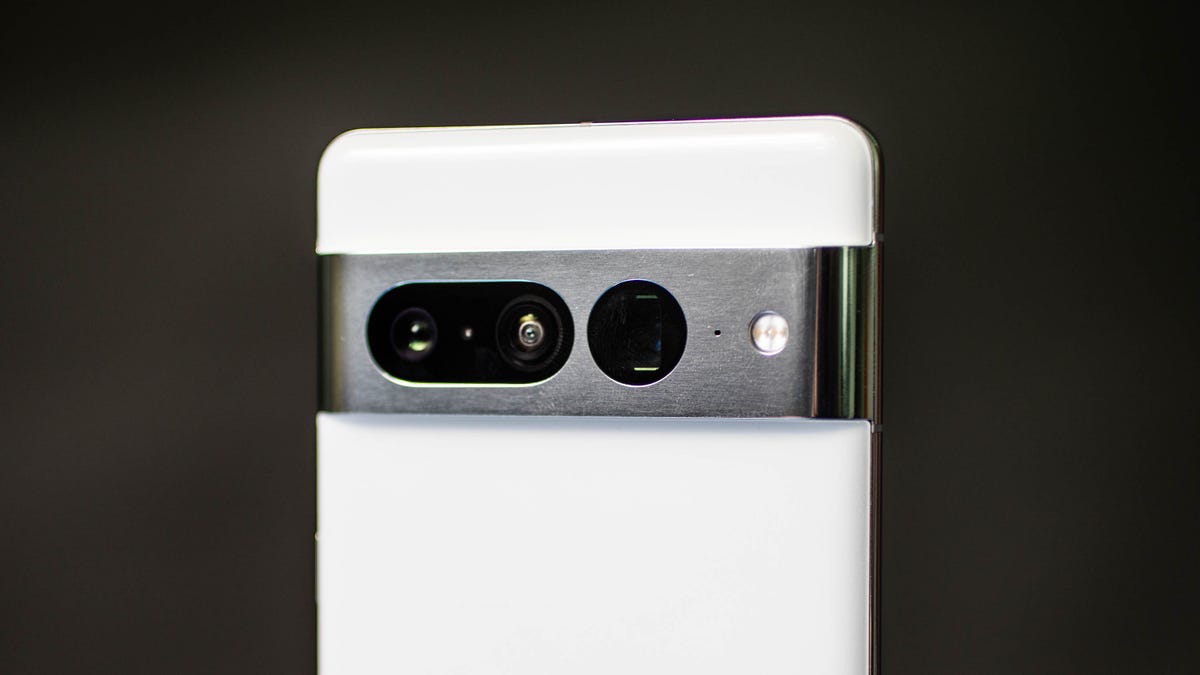

Google typically releases new flagship Pixel phones in the fall, and we’re expecting the company to follow that same pattern in 2023. We won’t know what’s in store for Google’s Pixel 8 and 8 Pro until it announces those devices.
However, Google’s updates have been very camera-centric in recent years, with the Pixel 7 lineup gaining improved zoom and the Pixel 7 Pro receiving a new macro photography mode. With the Pixel 6 and 6 Pro, which were the first Pixels to run on Google’s Tensor chips, we saw new features like Magic Eraser, Face Unblur and Real Tone. With that in mind, it wouldn’t be surprising to see Google push the camera even further on the Pixel 8 and 8 Pro, although we won’t know exactly what that looks like just yet. Both phones will also likely have a new Tensor processor, too.
Leaks have been scarce so far, but there have been a few reports claiming to provide details about Google’s next pair of Pixels. WinFuture reports the new phones will run on Android 14, which is expected to be the next major version of Android, and will have 12GB of RAM. Well-known gadget leaker Steve Hemmerstoffer also partnered with blogs MySmartPrice and SmartPrix to publish what are said to be renderings of the Pixel 8 and Pixel 8 Pro.
Android 14
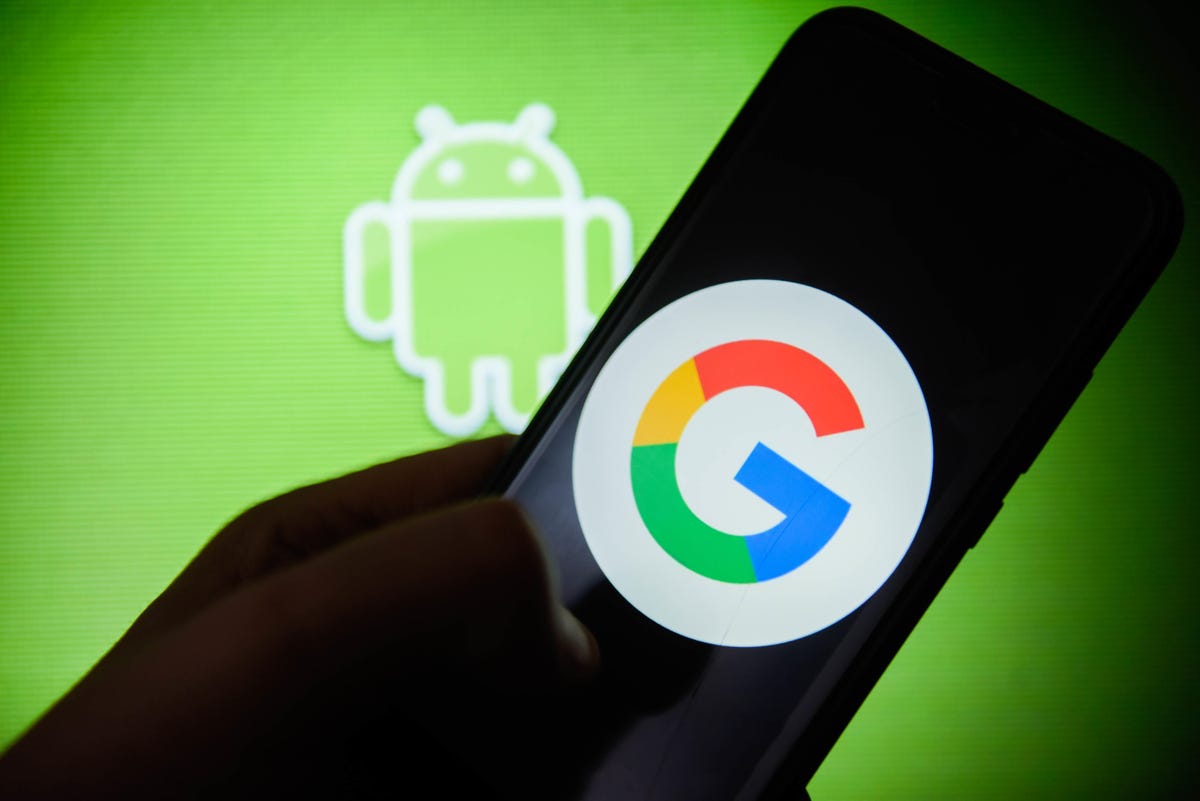

Android 14 is currently available in a preview mode for developers, with the final consumer-ready version expected to arrive in the fall. Google releases new Android features and Pixel-specific features throughout the year, but its annual version upgrades usually provide sweeping platform-wide improvements.
Android 13, for example, introduced more color options for Google’s Material You interface, end-to-end encryption for RCS group chats in Messages and more privacy protections, such as the option to grant apps access to a limited selection of photos instead of your whole library.
Based on what we know about Android 14 so far, it seems like Google will continue building on these themes by making improvements related to power efficiency, privacy and accessibility. We’ll likely find out more at Google’s I/O developer conference in May.
Pixel Tablet
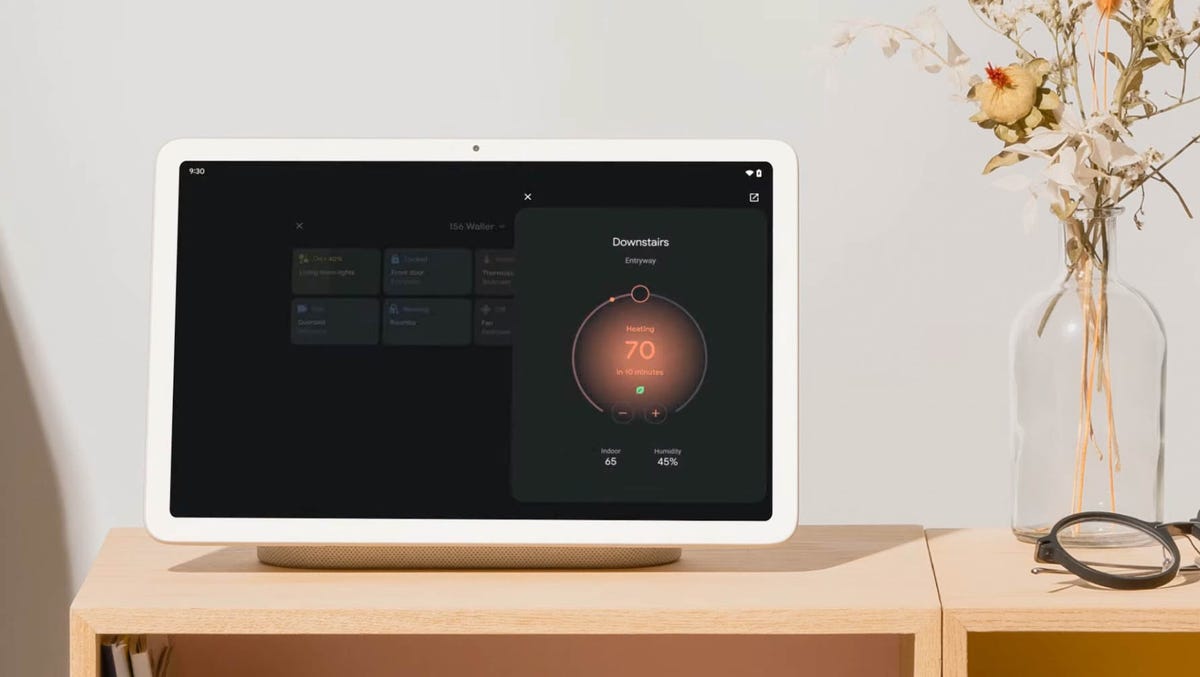

Google is taking a fresh approach to tablets with its upcoming Pixel Tablet, which will have a speaker charging dock that turns it into a Nest Hub when docked.
The company hasn’t revealed much about its upcoming tablet, but it did provide some details during its last Pixel event in October. Other than its speaker dock, we also learned that the tablet will have a nano-ceramic coating inspired by porcelain and will run on the Tensor G2 processor found in the Pixel 7 and 7 Pro.
Google said it plans to launch the tablet in 2023, although it didn’t provide specifics. We’re expecting to learn more at Google I/O or in the fall, when the company typically holds its Pixel product launch event.
More AI in Google Search and elsewhere
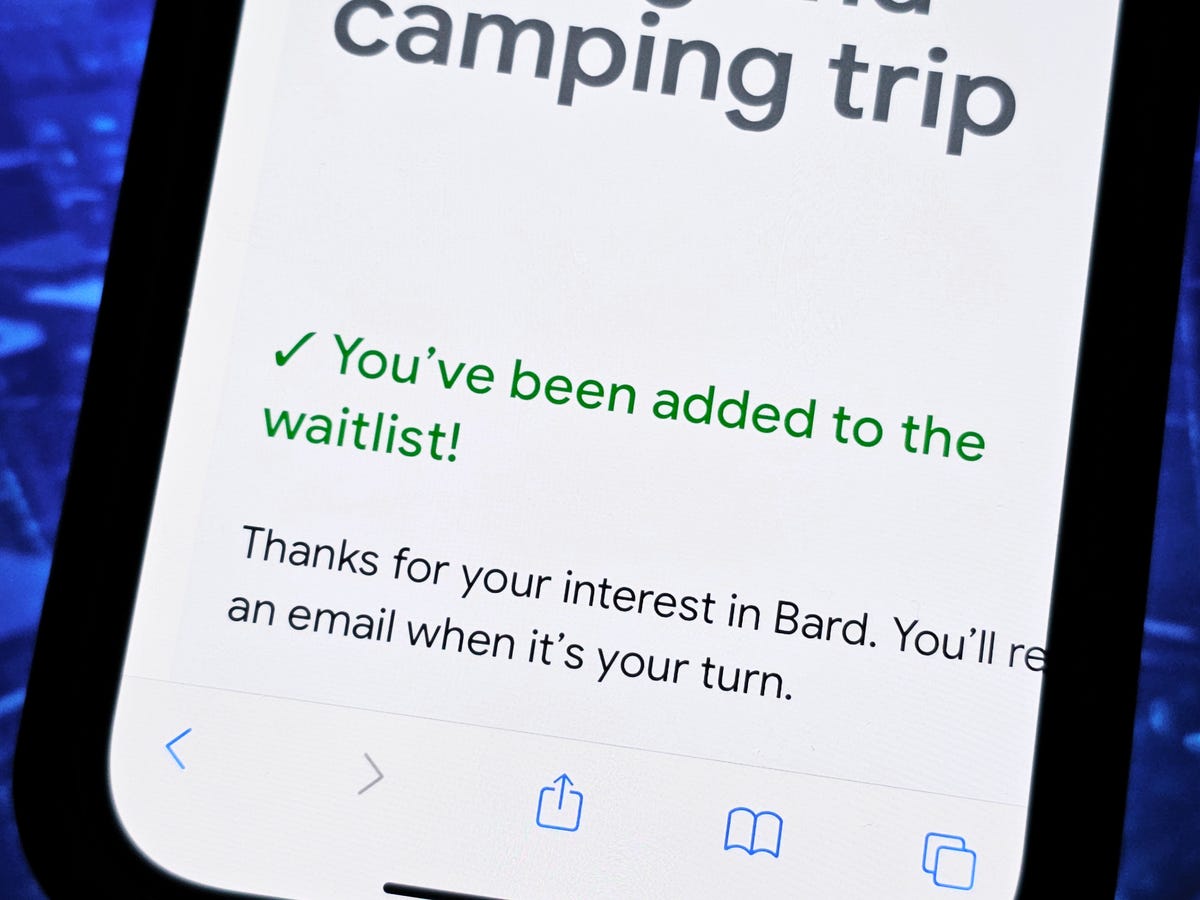

Joining the Bard waitlist only takes a few taps/clicks.
Nelson Aguilar/CNETFollowing the success of ChatGPT, generative AI has been everywhere in 2023 — and that includes in Google’s products. The company already introduced its AI-powered search chatbot Bard and announced new AI features for Gmail and Google Docs for generating drafts and rewriting emails.
But we’re expecting AI to be a dominant trend at Google I/O conference this year, especially as it seeks to keep pace with Microsoft and other rivals. Google reportedly issued a code red in December after ChatGPT debuted, according to The New York Times, so it wouldn’t be surprising to see Google use its conference as an opportunity to assert its authority in AI.
AI has been a prominent theme at Google I/O before. Last year, for example, Google discussed improvements to automation, like auto translation and transcription for video, as well as updates to Search that make it better at handling questions that combine text and images. With all the attention Microsoft’s Bing has garnered thanks to its incorporation of AI, Google will likely make AI and Search a centerpiece of its I/O presentation.
Pixel Watch 2
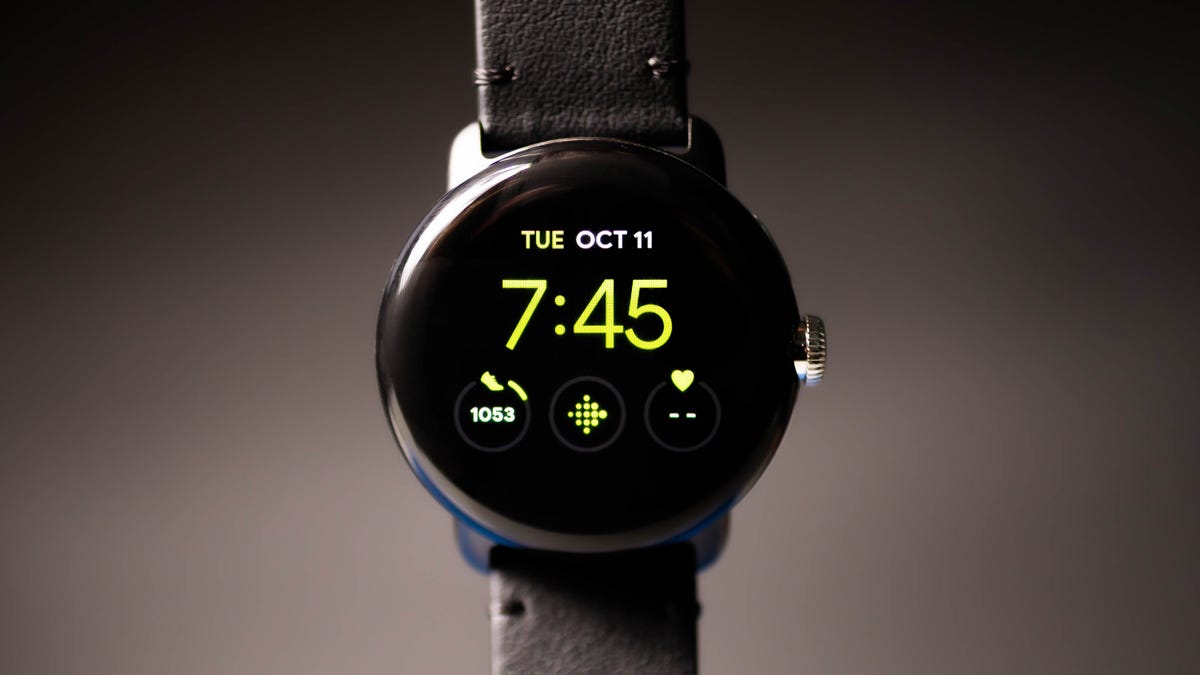

Google hasn’t discussed plans for future Pixel Watches, nor have there been many leaks or rumors about what’s next for Google’s smartwatch. But since Google’s Pixel phones follow a yearly cadence — as do the Pixel Watch’s biggest competitors like the Apple Watch and Samsung Galaxy Watch — it wouldn’t be surprising to see the Pixel Watch follow suit.
Based on Google’s current direction for the Pixel Watch, we can probably expect to see the same round design on its sequel. The latest version of Wear OS, which we’re expecting to hear more about at Google I/O, will also likely make an appearance. I’m also hoping to see longer battery life and a few extra health and fitness-tracking features, such as auto-workout detection.
Technologies
Sora and Google’s Nano Banana Pro Are Slammed, and Scale Back Free Videos and Images
OpenAI and Google are reducing the number of image or video requests you can make on their latest media-generation platforms.
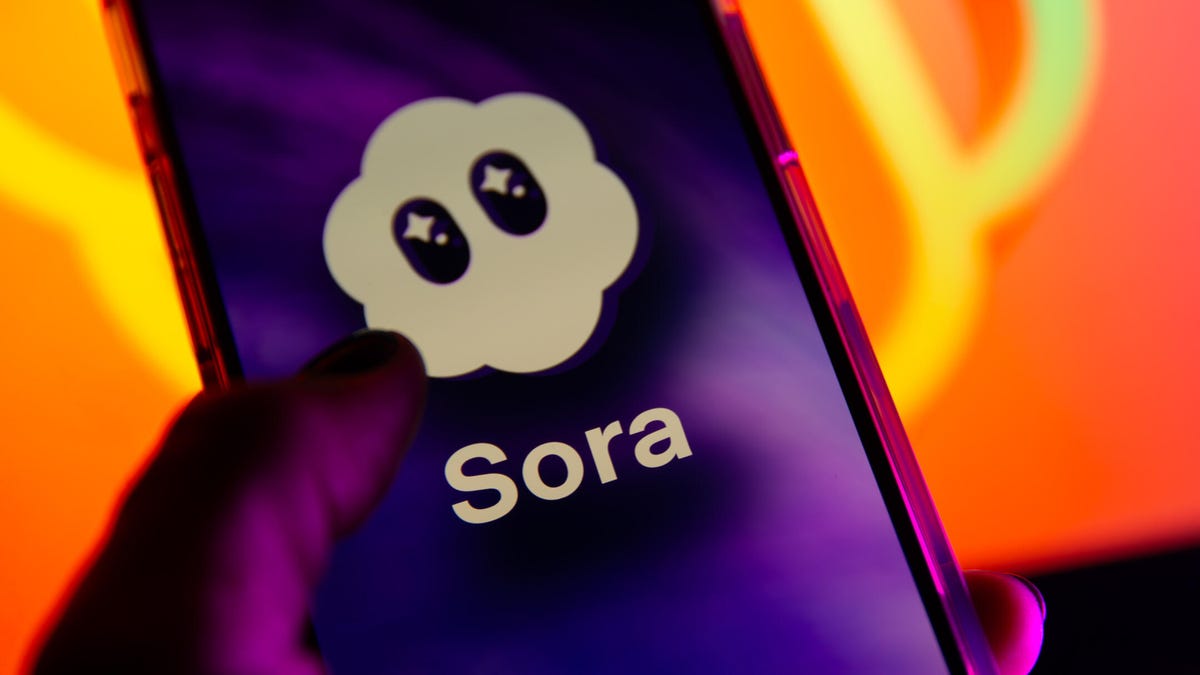
Maybe it’s because of the holiday weekend.
OpenAI’s video generator Sora and Google’s image generator nano banana pro are placing new limits on how many videos (in the case of Sora) and AI images (in the case of nano banana pro) you can make per day.
With more people using their Thanksgiving weekend idle time to, say, make AI videos of cats as angry service industry cashiers, it’s likely these services are hitting their limits.
Bill Peebles, OpenAI’s head of Sora, posted on X, «our gpus are melting, and we want to let as many people access sora as possible!» GPUs are the graphics processing units used by AI services for the complex computations they need to perform.
Peebles wrote that Sora will limit free video generation to six videos per day. ChatGPT Plus and Pro accounts won’t see any changes.
«And everybody can purchase additional gens as needed,» he wrote.
Don’t miss any of our unbiased tech content and lab-based reviews. Add CNET as a preferred Google source.
Gemini limits
As for Google’s image generator, a Gemini support page says that those without a Google AI plan are now limited to two images generated and edited per day with nano banana pro. The previous limit was three, according to 9to5Google, which also spotted new usage limits on Gemini 3 Pro that are variable. The same support page says free access to Gemini 3 Pro Thinking includes «Basic access — daily limits may change frequently.»
The limit for nano banana (the previous 2.5 non-pro version) is 100 free images per day.
A representative for Google did not immediately respond to a request for comment.
(Disclosure: Ziff Davis, CNET’s parent company, in April filed a lawsuit against OpenAI, alleging it infringed Ziff Davis copyrights in training and operating its AI systems.)
Technologies
If You Don’t Want to Pay AirPod Prices, I Found Great Noise Canceling Earbuds That Are Only $53 for Black Friday
You don’t need to spend a fortune to get a great pair of earbuds.
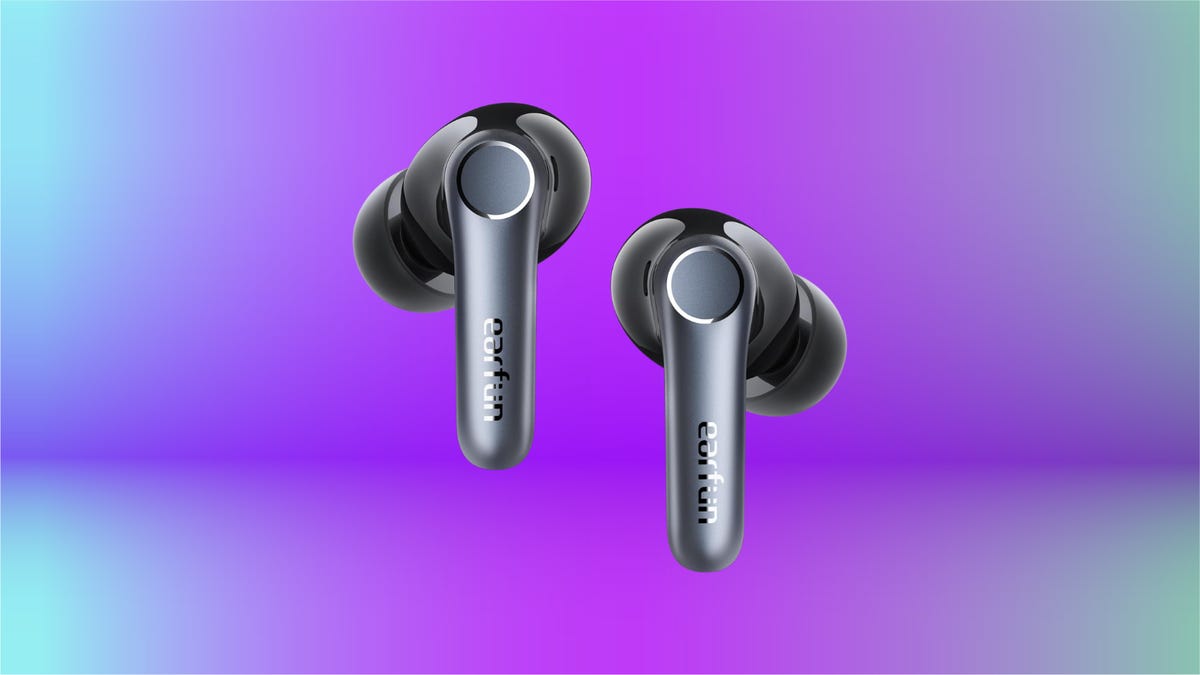
Black Friday deal alert: If you’re looking for a new pair of noise-canceling earbuds, there are some good deals on Apple AirPods right now, but you might be able to spend half as much to get similar performance. I’ve found that the Air Pro 4 earbuds from Earfun are legitimate contenders to the AirPods, at a much lower price. Right now at Amazon for Black Friday, you can get the Air Pro 4s for a steal — they’re 34% off, which drops their price down to $53.
In short, they’re great, and the black ones are currently available on Amazon for $53, near the lowest price we’ve ever seen them sell for. The other colors are also on sale; the glossy white and royal blue are both $68.
Hey, did you know? CNET Deals texts are free, easy and save you money.
HEADPHONE DEALS OF THE WEEK
-
$248 (save $152)
-
$170 (save $181)
-
$199 (save $150)
How these earbuds silence the noise around you
I prefer in-ear headphones because they offer active, electronic and passive noise cancellation. Passive noise cancellation basically consists of plugging your ears with the rubbery tips included with the earbuds.
The Earfuns fit well for me when I use the second-largest of the five swappable ear tip sizes, and they stay sealed and comfortable for hours. Sometimes I have to reseal one after I yawn or something, but that’s the case with other in-ear headphones, too.
For reading, I prefer Earfun’s «Strong ANC» noise-canceling mode, which makes a big difference when blocking out the noise around you, but there are a bunch of other noise-cancellation options. The Ambient Sound function is good for when I want to pay attention to my surroundings.
Overall, I found the app easier to use than Sony’s and just as capable. The main difference is that Sony’s app has a variable slider for ambient sound.
The Earfun app also includes a white noise section in the app. Normally, I prefer Spotify for white noise (and I download my favorite playlists for offline listening) but this feature is useful for people who don’t have another music service. It includes birdsong, waves and rainfall, all of which are short clips that repeat automatically.
Why I chose these earbuds over AirPods
These headphones have every other feature I’d expect, including the ability to connect to two devices simultaneously and programmable touch-sensitive controls on the buds. Plus, battery life has been more than ample for me, even after a marathon reading session.
There’s also a finder function if you misplace either earbud (unlike Apple FindMy, however, they have to be connected and in Bluetooth range). For actual music and voice calling quality, they sound fine, albeit not as good as my big Sonys.
I have an iPhone and briefly thought about buying Apple AirPods, but I didn’t want to spend the money. The AirPods 4 with noise cancellation cost $115 more than these Earfuns and have an open-ear design, so they rely entirely on the electronic (not passive) method. The AirPods Pro 2 are in-ear and superb, but I didn’t want to spend $250 on a pair of secondary headphones.
Yes, I could probably save some money on an even less expensive pair of in-ear noise-cancelling headphones, but I’m not sure I’d be as happy with their fit, long-term comfort, battery life and noise-cancellation performance. The Earfun Pro 4 buds help me relax and concentrate on my book, and for me that’s priceless.
For more headphone savings, check out our roundup of all the best deals on headphones, or find bargains of all kinds in our roundup of the best Amazon Prime Day deals going on now.
Join Our Daily Deals Text Group!
Get hand-picked deals from CNET shopping experts straight to your phone.
By signing up, you confirm you are 16+ and agree to receive recurring marketing messages at the phone number provided. Consent is not a condition of purchase. Reply STOP to unsubscribe. Msg & data rates may apply. View our Privacy Policy and Terms of Use.
Technologies
I Have a Flashlight Fetish and My Favorite New Olight Is 20% Off for Black Friday
Olight’s sleek new pocket flashlight, the ArkPro, is normally $100. But it’s down to $80 for Black Friday and Cyber Monday.
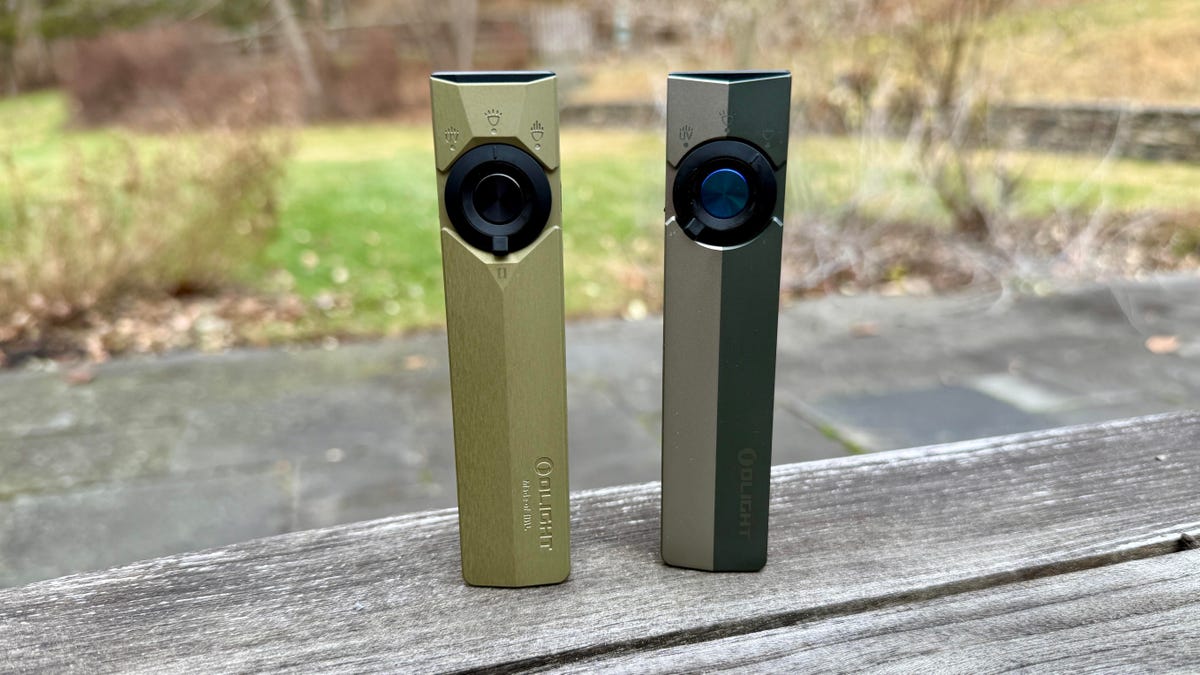
Truth be told be told, I have a thing for flashlights. Not a bad thing, just a certain appreciation for a well-designed torch, as the Brits might say.
Bright flashlights are good, naturally, but a small, sleekly designed rechargeable everyday carry flashlight that puts out a decent amount of light is high on my list of flashlight favorites, and the new Olight ArkPro and its slightly brighter sibling, the ArkPro Ultra, fit the bill. They’re both on sale for Black Friday and Cyber Monday for 20% off. The ArkPro is down to $80 ($100 list) while the ArkPro Ultra’s price has dipped to $104 ($130 list).
The flashlights are upgraded versions of Olight’s Arkfeld Pro ($70) and Arkfeld Ultra ($84), with higher brightness ratings. Both new models have similar flat, IPX7 waterproof designs with sturdy metal bodies and a magnetic base that allows you to attach the flashlight to anything metal. There’s also an integrated clip-on mount, and they come in cool white and neutral white color temperature versions.
You get three lighting modes: a 1,500-lumen floodlight mode (1,700 lumens for the ArkPro Ultra), an 800-lumen, 205-meter reach spotlight mode (it’s the same for the Ultra) and a UV light mode. You can also activate a green beam laser pointer.
The flashlights come with a wireless charger that magnetically attaches to the base, but you can also charge them via USB-C, which I found more convenient.
I mainly tested the flashlights while walking my dog at night in a pretty remote rural area in New York. The floodlight mode works better for dog walking, but I’d sometimes switch to spotlight mode when I wanted to gauge what was further ahead of us or check whether anything was lurking in the trees or bushes.
These smaller EDC flashlights are well-suited to a variety of activities, including camping and anything you’re doing where you’d like to have a flashlight handy that you can easily carry around in a pocket. You can find similar flat flashlight designs from other brands on Amazon — some of them for significantly less money. However, Olight is considered a premium EDC flashlight brand, though some flashlight enthusiasts are less enthusiastic about the brand for a few reasons. That said, I’m just fine recommending these new ArkPro models when they’re discounted like this. And they do make for nice gifts this time of year.
Join Our Daily Deals Text Group!
Get hand-picked deals from CNET shopping experts straight to your phone.
By signing up, you confirm you are 16+ and agree to receive recurring marketing messages at the phone number provided. Consent is not a condition of purchase. Reply STOP to unsubscribe. Msg & data rates may apply. View our Privacy Policy and Terms of Use.
-

 Technologies3 года ago
Technologies3 года agoTech Companies Need to Be Held Accountable for Security, Experts Say
-

 Technologies3 года ago
Technologies3 года agoBest Handheld Game Console in 2023
-

 Technologies3 года ago
Technologies3 года agoTighten Up Your VR Game With the Best Head Straps for Quest 2
-

 Technologies4 года ago
Technologies4 года agoBlack Friday 2021: The best deals on TVs, headphones, kitchenware, and more
-

 Technologies4 года ago
Technologies4 года agoVerum, Wickr and Threema: next generation secured messengers
-

 Technologies4 года ago
Technologies4 года agoGoogle to require vaccinations as Silicon Valley rethinks return-to-office policies
-

 Technologies4 года ago
Technologies4 года agoOlivia Harlan Dekker for Verum Messenger
-

 Technologies4 года ago
Technologies4 года agoiPhone 13 event: How to watch Apple’s big announcement tomorrow
